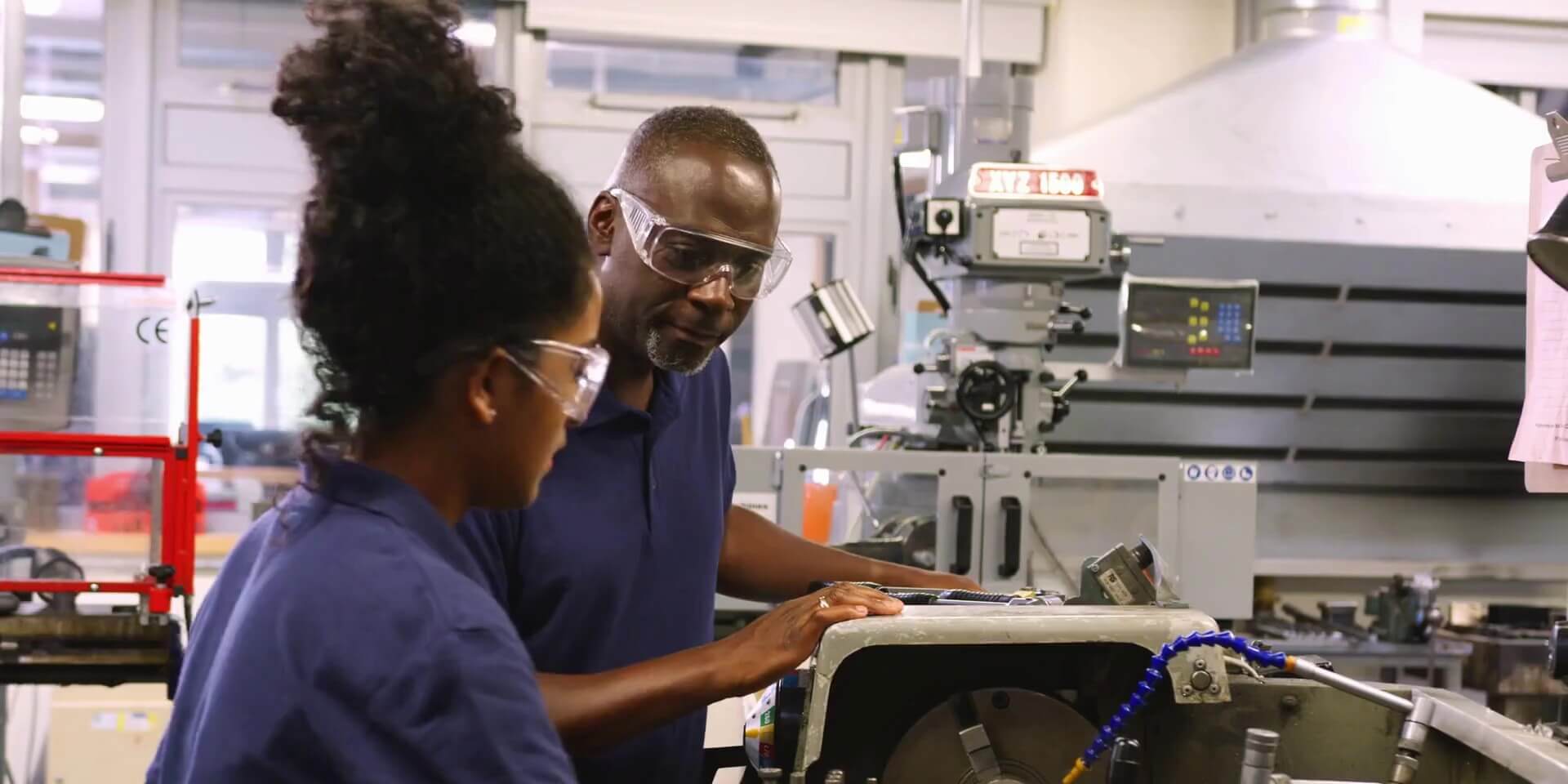Building strong connections with local employers and community members is the cornerstorne of a high-quality CTE program. These connections do more than enhance curriculum or provide access to industry-standard equipment—they open doors to real-world experiences, giving students invaluable opportunities to engage with industry professionals and participate in transformative work-based learning.
How can CTE leaders and program administrators effectively connect with local employers? How can you ensure the community understands the value of CTE programs and actively supports their success? Here are three steps to building strong employer and community relationships in CTE.
1. Connect CTE and Workforce Development
Before asking local employers for their time and resources, it’s crucial to clearly communicate the “why” behind CTE programming. How do these programs meet the needs of the community and local industries? Do the programs equip students with industry-relevant skills that align with career opportunities in the area? What makes your community unique, and how are CTE programs tailored to serve those specific needs? Employers are far more likely to engage when they understand how CTE directly contributes to workforce development and the growth of the local economy.
Next Steps for Building Workforce Development Connections
- Identify unique characteristics or needs of your community and prepare a written explanation detailing how your CTE programs address and fulfill those needs.
- Look for opportunities to establish relationships with local employers before asking for their support. Participate in public meetings for workforce development boards, economic development agencies, business associations, and chambers of commerce organizations to understand their concerns and priorities.
- Be prepared to discuss how CTE programs align with and address the needs of local industries. Rather than focusing solely on promoting your programs or asking for donations, present relevant statistics, provide a thoughtful benefits analysis, and work toward building consensus and a sense of shared ownership in the success of CTE.
2. Form Occupational Advisory Committees
As noted in the book CTE Administrative Leadership: 10 Things to Know, each occupational area should have an Occupational Advisory Committee (OAC) consisting of local business and industry professionals. OAC membership should include master-level technicians, supervisors, and managers who are subject matter experts in their respective fields. The primary role of the OAC is to advise on facilities, curriculum standards, and instructional equipment. Typically, schools host two OAC meetings annually—one in the spring and another in the fall to support CTE programs.
Next Steps for OAC Formation
- Prepare an application for OAC membership that describes the individual’s qualifications and relevant job experience. If there is an existing application, review it to ensure accuracy and relevance.
- Create an information packet for OAC members that defines critical details, including term lengths, roles, responsibilities, and any other relevant membership details.
- Implement a review process that allows the committee to assess whether their recommendations are effectively strengthening and improving CTE programs.
3. Collaborate on Work-Based Learning Opportunities
Once you’ve established a connection between CTE programs and workforce development and created your OACs, you can start exploring work-based learning opportunities. While these experiences can still occur in a traditional classroom, they should actively involve students with industry professionals, helping them see how their skills apply in the real world. Employers may be open to providing facility tours, evaluating student projects and competitions, or sending a company experts to serve as guest speakers in the classroom.
Next Steps for Incorporating Work-Based Learning
- Research local internship or apprenticeship programs to identify potential matches with your CTE programs.
- Create a “wishlist” of ways local employers can contribute resources or expertise to enhance your programs.
- Present your wishlist at the next OAC meeting and explore opportunities for work-based learning partnerships.
NOCTI Is Here to Support Your CTE Program
Business and community partnerships are a key component of ACTE’s High Quality CTE Framework. You can learn more about the framework and explore additional resources on ACTE’s website.
In collaboration with ACTE, NOCTI has developed a series of books for CTE administrators and leaders. This three-part series covers essential skills for success, including developing faculty trust and cooperation, engaging employers, aligning curriculum, developing board relationships, and understanding funding basics.
NOCTI’s website also offers additional CTE resources, including credential Blueprints, CTE-related blogs, on-demand webinars, and books for CTE teachers and administrators. Let us know if you have questions about our resources or services.
